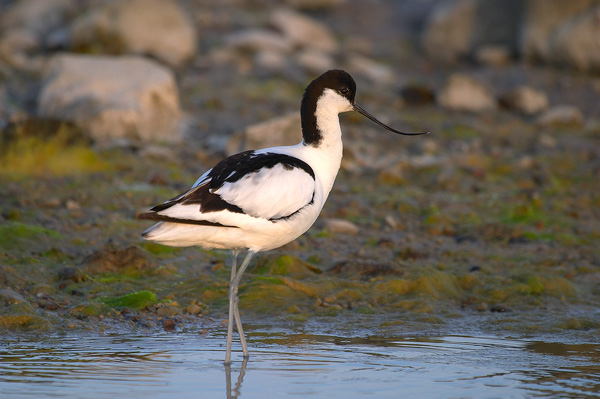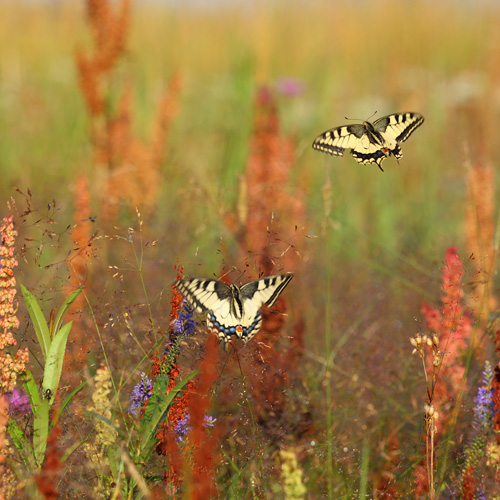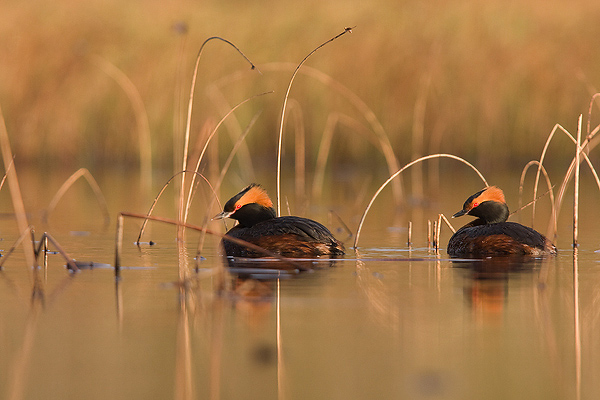in 1297, the Danish King Erik Menved prohibited the cutting down of trees on three islands near Tallinn. This can be seen as the first dated act of nature conservation on the territory of Estonia.
Classical Estonian nature conservation was not born until the 19th century, when academic circles initiated the becoming aware of extraordinary natural objects and monuments in Europe and the aesthetic, ethical, educational and religious importance of the preserved indigenous areas in America to contemporary culture.
Species protection is a very important part of Estonian nature protection and is based mainly on the Nature Conservation Act and the Animal Protection Act which prohibit the destruction of the habitats of breeding and nesting species and preserve areas of land of importance to migrant birds.
In total, 570 plant, mushroom and animal species are protected by law in Estonia. 18% of Estonia is under some form of legal protection. There are about 60 habitat types and 51 species listed in the Habitats Directive of EC and about 80 bird species that are protected according to the Birds Directive. These figures have been fundamental in the development of a network of protected areas which now include 12 Ramsar sites – wetlands of international importance – which embrace a total area of about 250,000 hectares in Estonia.







